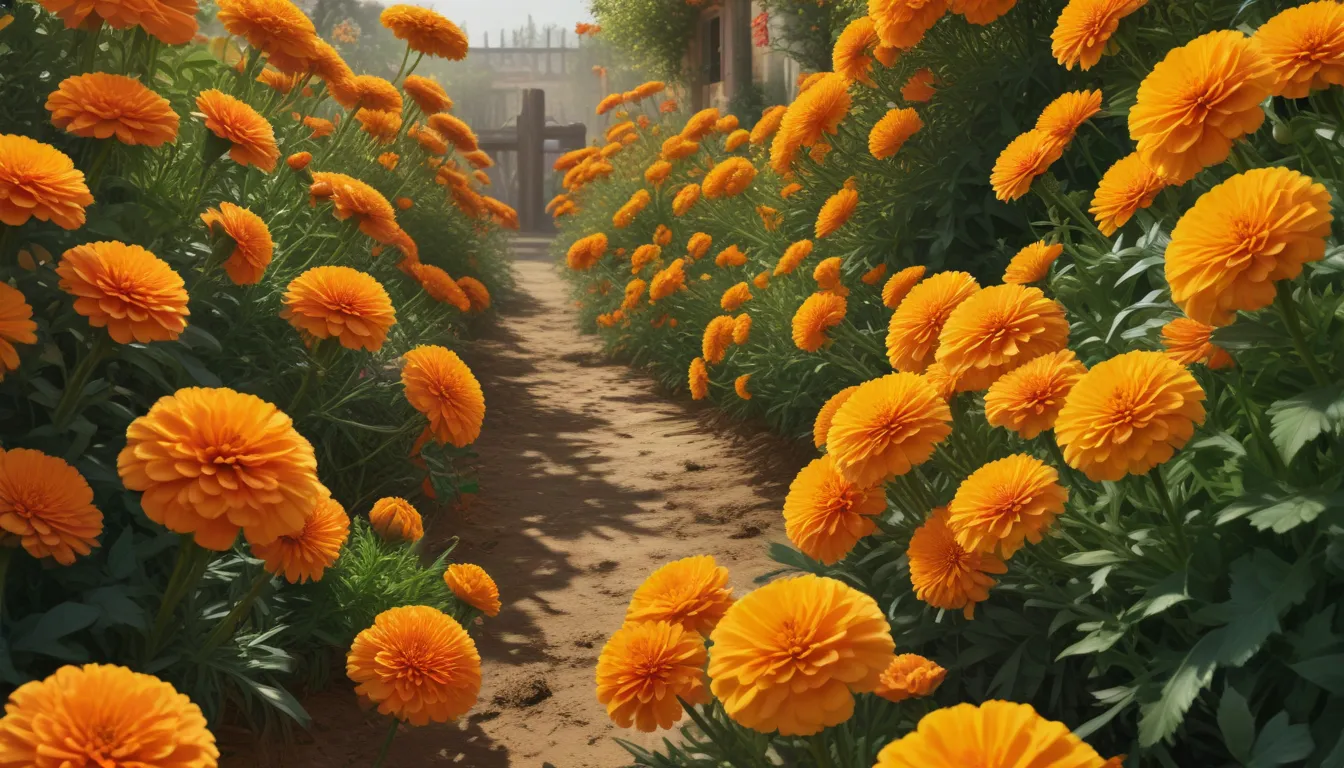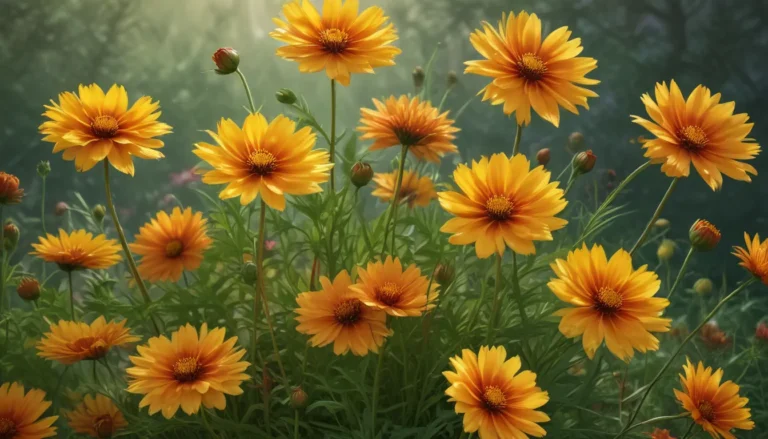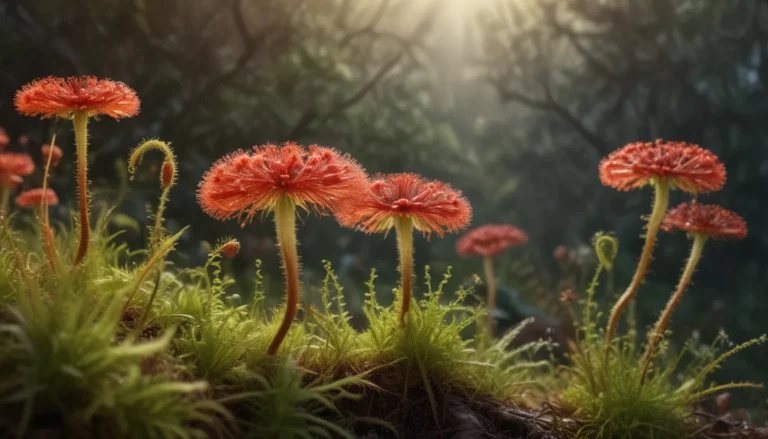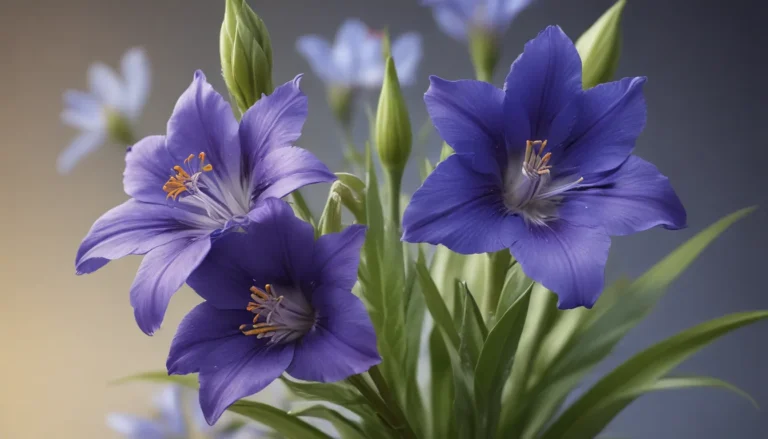The pictures we use in our articles might not show exactly what the words say. We choose these pictures to make you interested in reading more. The pictures work together with the words but don’t take their place. The words still tell you the important facts.
Marigolds, with their vibrant colors and captivating blooms, have long been cherished as beloved flowers that adorn gardens and landscapes worldwide. These cheerful flowers, scientifically known as Tagetes, not only add visual appeal but also hold cultural and symbolic significance in various societies. Join us on a journey through the vivid world of marigolds as we delve into their fascinating facts, cultural connections, and expert gardening tips. Let's explore the wonders that marigolds have to offer and celebrate the beauty they bring to our lives!
Marigolds: A Symphony of Colors and Varieties
Marigolds are renowned for their spectacular array of colors, ranging from bright yellows and oranges to rich reds and deep maroons. These hues infuse warmth and vibrancy into any garden or floral arrangement, making marigolds a popular choice among gardeners. Belonging to the Asteraceae family, marigolds encompass various species and hybrids, offering a diverse range of shapes, sizes, and petal forms. Whether you prefer the classic French marigolds (Tagetes patula) or the show-stopping African marigolds (Tagetes erecta) with their large blooms, there is a marigold variety to suit every gardener's taste.
Timeless Roots: Marigolds in History and Culture
Marigolds boast a rich history and carry cultural significance in numerous societies worldwide. Cultivated and admired for centuries, these flowers have deep-rooted connections in ancient civilizations. In Mexican culture, marigolds play a central role in the annual Dia de los Muertos (Day of the Dead) celebrations, symbolizing remembrance and honoring the departed. In Indian culture, marigolds are deemed sacred and are pivotal in religious ceremonies and festive decorations. The presence of marigolds in folklore and cultural traditions underscores their enduring beauty and symbolic importance across different cultures.
Natural Pest Repellents: Guardians of the Garden
Beyond their aesthetic appeal, marigolds possess natural pest-repellent properties, making them invaluable assets in gardens and agricultural settings. Emitting a distinct scent that deters pests like aphids, nematodes, and whiteflies, marigolds help protect neighboring plants from infestations. By planting marigolds alongside vegetable gardens or susceptible plants, you can harness their natural pest control abilities, reducing the reliance on harmful pesticides. This eco-friendly quality makes marigolds a top choice among organic gardeners and environmentally conscious individuals.
Healing Powers of Marigolds: Medicinal Marvels
Marigolds have been treasured for their medicinal properties for centuries. Packed with compounds boasting anti-inflammatory, antifungal, and antibacterial properties, marigolds are utilized in various traditional remedies. From soothing skin irritations to aiding wound healing and reducing inflammation, marigold extracts and oils offer a plethora of benefits. Additionally, marigold tea is consumed for its potential health perks, including improving digestion and easing menstrual cramps. While ongoing research is needed to unlock the full medicinal potential of marigolds, their historical use in traditional medicine underscores their therapeutic value.
Culinary Delights and Decorative Touches: Marigolds Beyond Beauty
Marigolds are not just a feast for the eyes; they also enhance culinary creations with their unique flavor. Certain marigold varieties, such as the signet marigolds, feature petals with a subtle citrusy taste, perfect for adding a decorative touch to salads, soups, and desserts. These edible petals not only elevate the visual appeal of dishes but also impart a distinct flavor profile, brightening up culinary creations. Marigolds are also used to infuse oils and vinegar, creating flavorful additions to dressings and marinades. When using marigolds in cooking, ensure they are organically grown and free from pesticides for optimal safety and flavor.
Expert Gardening Tips for Thriving Marigolds
Choose The Right Location
Ensure your marigolds thrive by planting them in a spot that receives at least six hours of direct sunlight daily. Marigolds flourish in full sun, so select a sunny location in your garden for optimal growth and blooming.
Prepare the Soil
Prior to planting marigolds, amend the soil with organic matter like compost to enhance drainage and fertility. Marigolds prefer well-draining soil with a slightly acidic to neutral pH for healthy growth.
Sow or Transplant
Kickstart your marigold journey by starting seeds indoors and later transplanting them into the garden. Alternatively, sow the seeds directly in the garden after the frost danger has passed for a seamless growing experience.
Watering Wisdom
While marigolds are drought-tolerant, regular watering is essential during dry spells to promote healthy growth and abundant blooms. Avoid overwatering, as it can lead to root rot and impact plant health negatively.
Deadheading and Pruning
Encourage continuous blooming by regularly removing faded flowers (deadheading) from your marigolds. Pinching back young plants promotes bushier growth and enhances flower production for a lush garden display.
Companion Planting
Leverage marigolds' pest-repellent properties by interplanting them with vegetables or susceptible plants to naturally deter pests. Enhance garden health and reduce the need for chemical pesticides by strategically placing marigolds in your garden beds.
Embracing the Beauty and Benefits of Marigolds
Marigolds, with their kaleidoscope of colors, rich cultural ties, and practical advantages, continue to captivate gardeners and flower enthusiasts worldwide. Whether you admire them for their visual allure, pest-repellent properties, or historical significance, marigolds have earned a cherished place in gardens, landscapes, and cultural celebrations. Immerse yourself in the vibrant hues, explore the therapeutic potential, and revel in the joy of cultivating these versatile marvels. Let the radiant blooms of marigolds brighten your surroundings and infuse your life with beauty and cheer!
Frequently Asked Questions (FAQs) About Marigolds
Can marigolds grow in shade?
While marigolds thrive in full sun, they can tolerate some shade. However, optimal growth and blooming occur when marigolds receive at least six hours of direct sunlight daily.
Do marigolds attract bees?
Yes, marigolds are known to attract bees, butterflies, and other pollinators with their vibrant colors and nectar-rich flowers. Encouraging pollinators in your garden can benefit the overall health and productivity of your plants.
Are marigolds annual or perennial flowers?
Most marigold varieties are annual flowers, completing their life cycle within one growing season. Some perennial marigold species exist, such as Tagetes lemmonii, which can bloom for multiple years in suitable climates.
Can I save marigold seeds for the next growing season?
Saving marigold seeds is simple and effective for future plantings. Allow the flower heads to dry fully on the plant, then collect the mature seed heads for storage in a cool, dry place until the next planting season.
Are marigolds toxic to pets?
While marigolds are generally non-toxic to pets, it's essential to prevent pets from consuming large quantities of any plant material. Ingesting significant amounts of marigold foliage or flowers may cause mild stomach upset in some animals. If your pet shows signs of illness after ingesting marigolds, consult a veterinarian promptly.
In Conclusion
Marigolds stand as a testament to nature's beauty, cultural significance, and practical benefits, enchanting us with their vibrant presence and versatile abilities. As you cultivate marigolds in your garden or admire them in floral arrangements, cherish the unique qualities they bring, from their stunning colors to their healing potential and pest-repellent properties. Let the timeless allure of marigolds inspire your gardening endeavors and bring joy to your outdoor spaces. Embrace the magnificence of marigolds and let their brilliance illuminate your world with splendor and grace!






